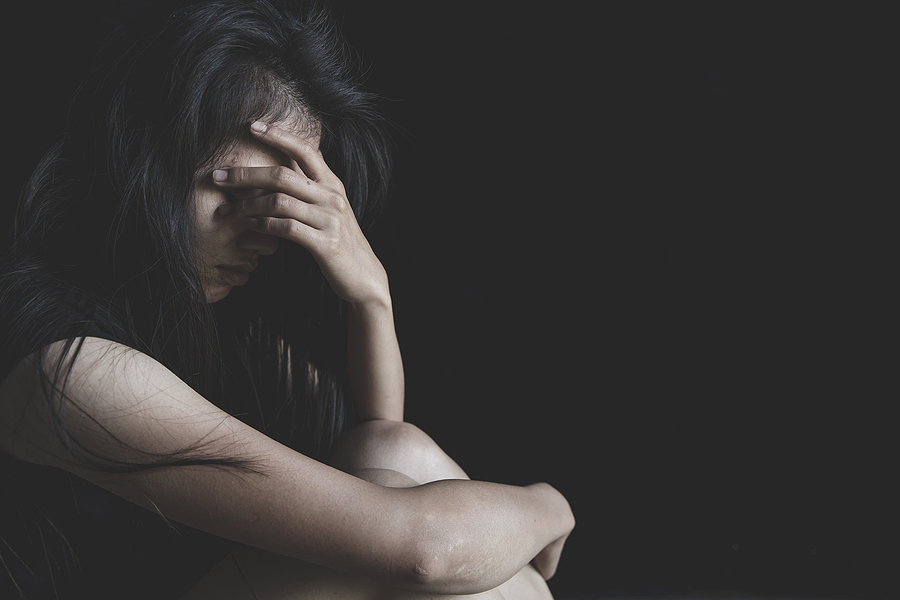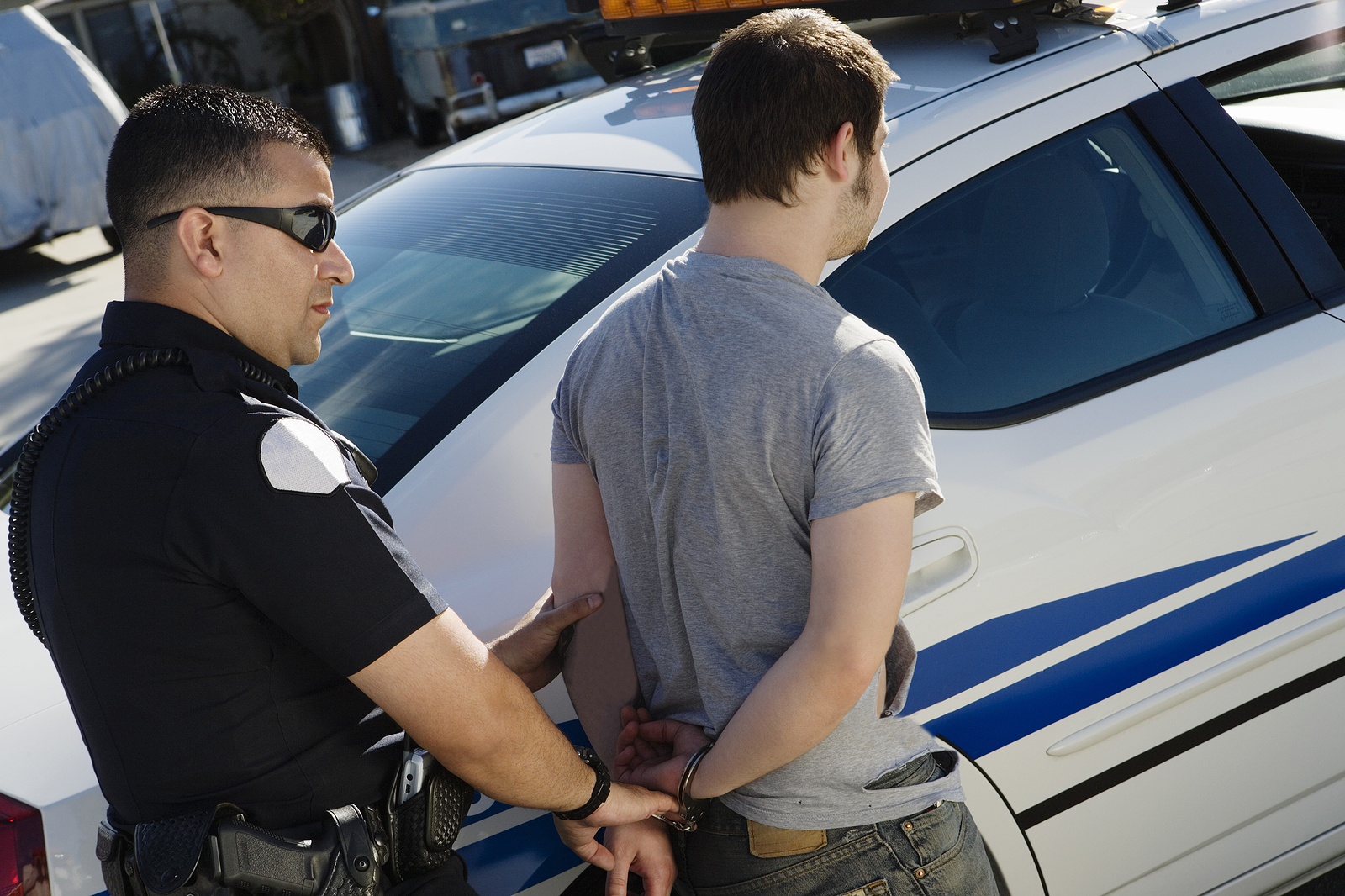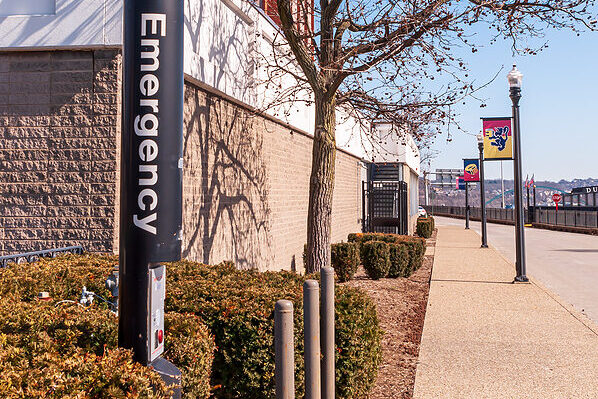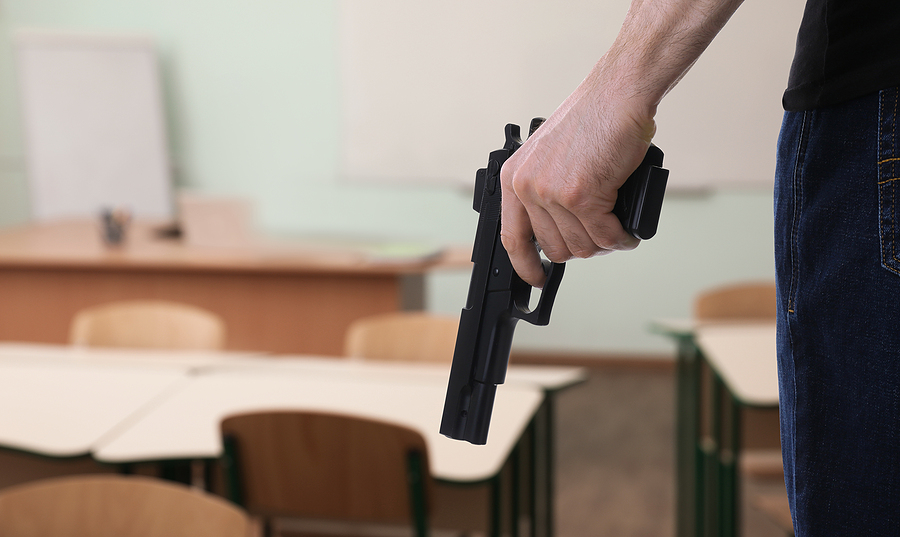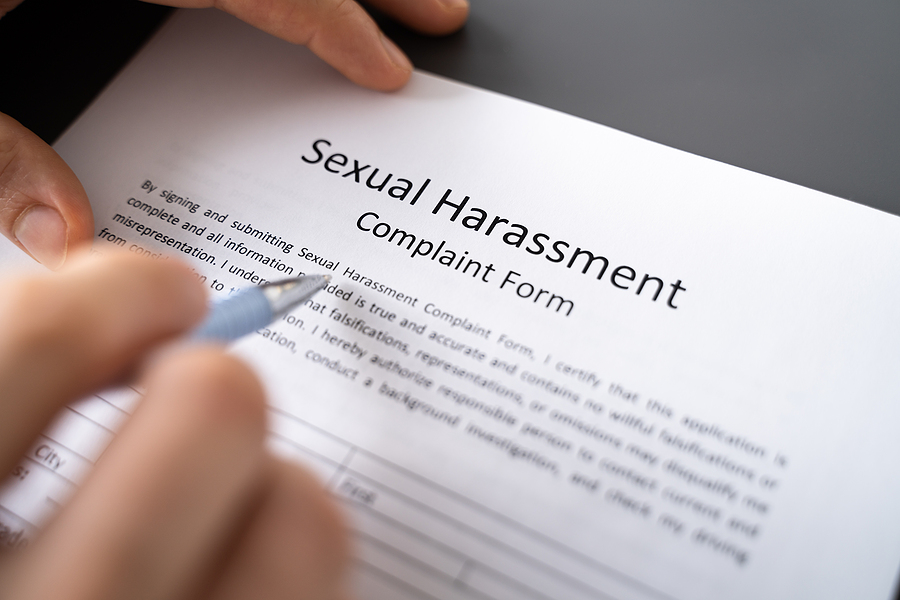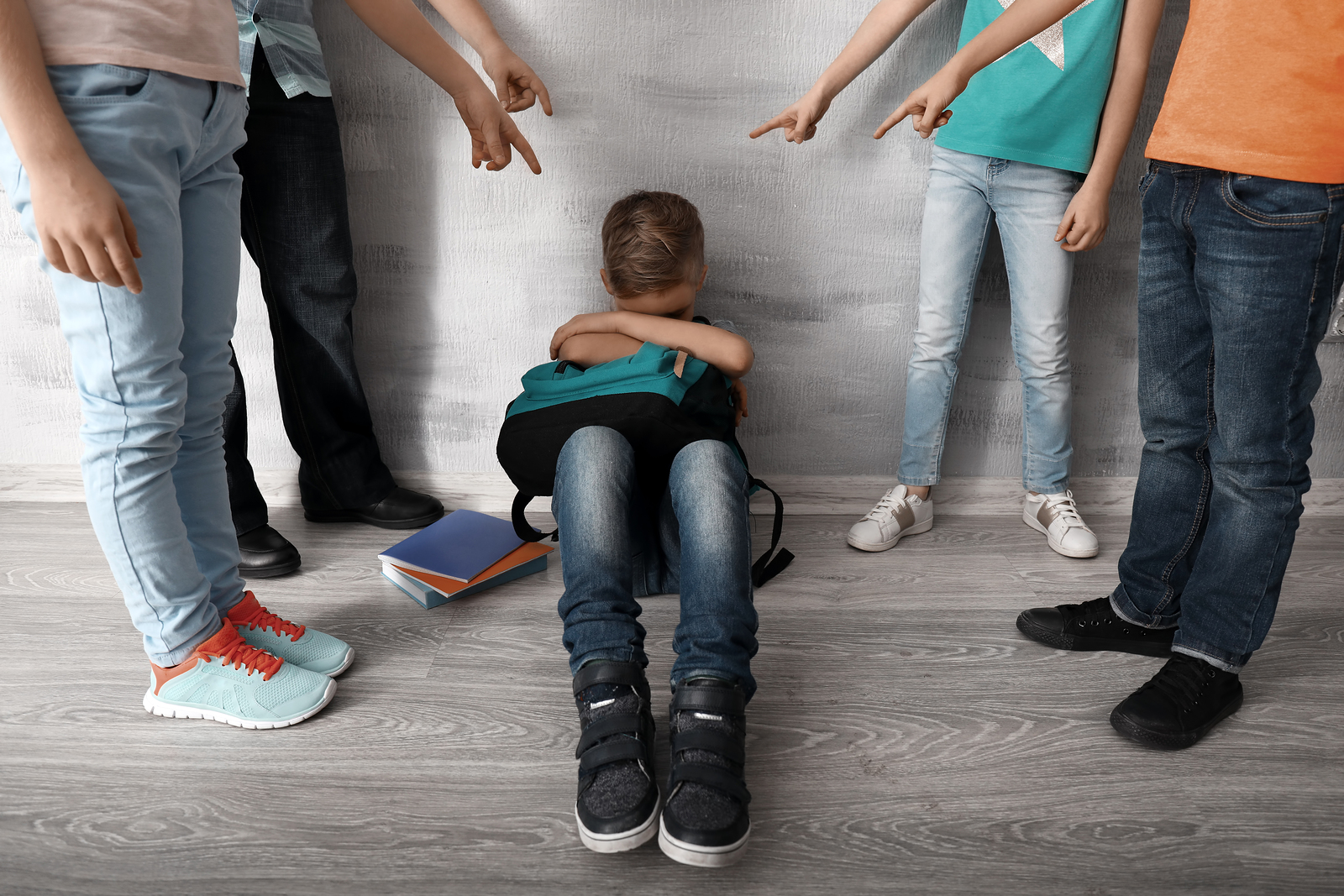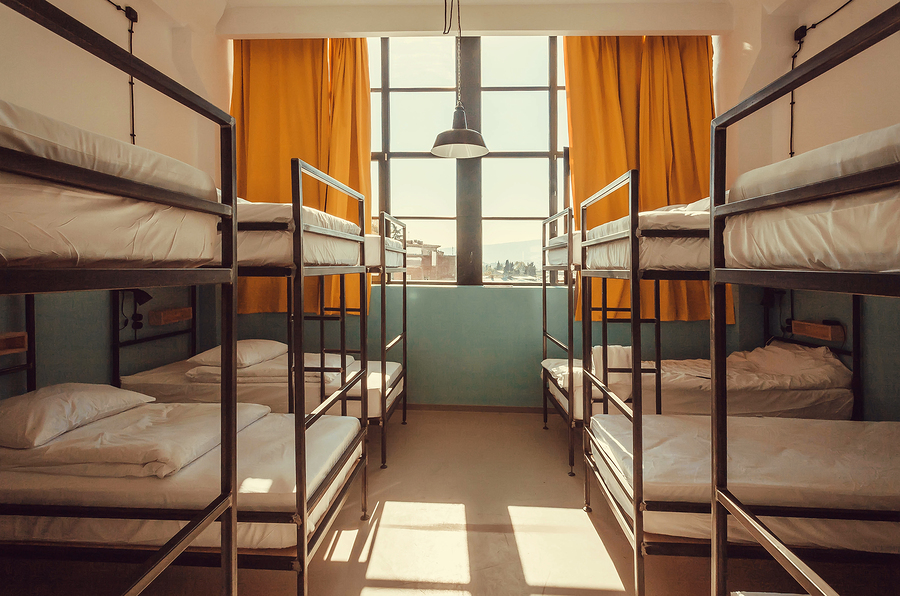The New Title IX Rule and its Implications for Addressing Sex Discrimination in K-12 and Postsecondary Schools: Part 1
Public K-12 school districts, colleges, universities, and other educational institutions receiving public funds must operate their education programs and activities in a nondiscriminatory manner, free from discrimination based on sex, sexual orientation, and gender identity (Office for Civil Rights [OCR], 2021b). Since the new Title IX rule, known as the...




